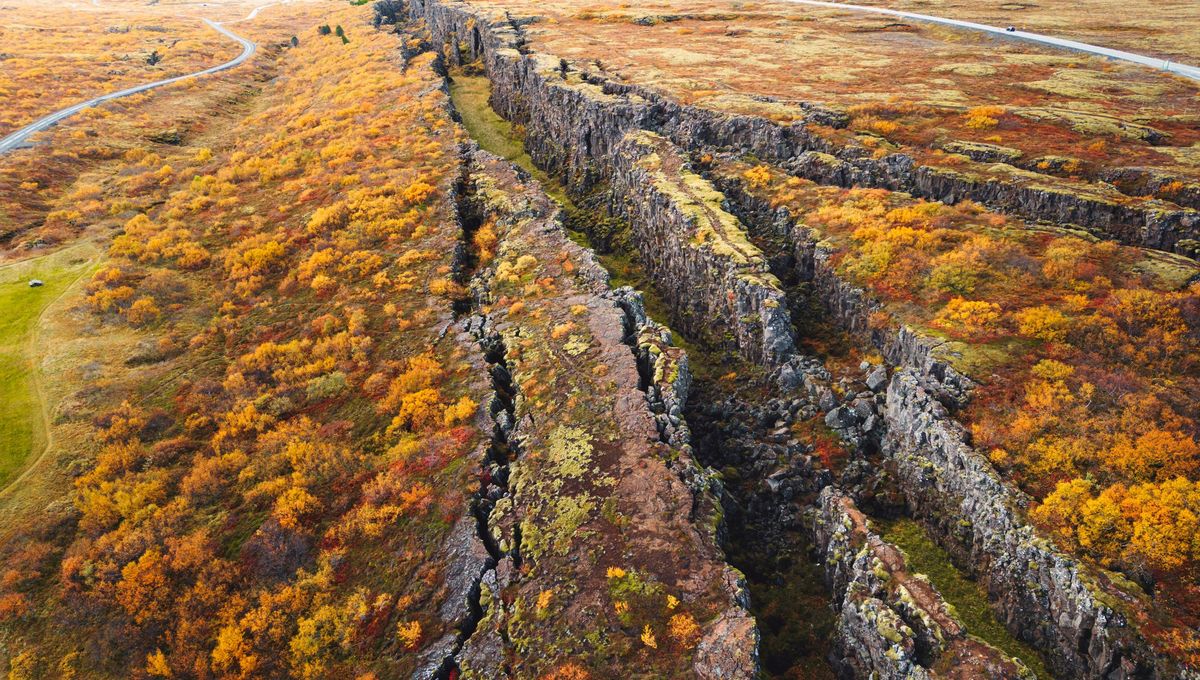
Earthquakes, volcanoes, mountains – some of the most spectacular and devastating features of Planet Earth are the result of tectonic activity. But what exactly are tectonic plates, and how many are there?
What are tectonic plates?
Earth, like an onion and everyone’s favorite ogre, has layers. Tectonic plates are made up of the outermost level, a thin layer of rock known as the crust, plus a sliver of the semi-molten upper mantle; together, this is called the lithosphere. It “floats” on top of the asthenosphere beneath, a weaker and more viscous layer of rock, allowing the plates to move.
When the Earth first formed, plates were yet to exist; our planet was a much toastier place to be billions of years ago, beginning its life as a searingly hot ball of liquid rock. Gradually, the Earth began to cool down, solidifying to form the lithosphere. Researchers think it began splitting into plates around three to four billion years ago, although opinions vary as to how long this took – a study earlier this year suggested it may have been a billion-year-long process.
This video gives a great explanation of how the theory of plate tectonics came to be.
How many tectonic plates are there?
The answer to the total number of tectonic plates is a matter of who you ask in the field of geology. One thing that scientists can agree on is that there are seven major plates, and they’re called that for a reason; the biggest, the Pacific Plate, is a whopping 103 million square kilometers (39.8 million square miles). That’s a big ol’ bit of rock.
It gets a bit more contentious when it comes to how many minor plates there are, which in turn impacts the total number of tectonic plates. Generally, it’s accepted that there are at least five minor plates. “In addition to the seven very large [plates], there are five more somewhat smaller ones: Philippine Sea, Cocos, Nazca, Arabian and the Juan de Fuca,” Saskia Goes, a geophysicist at Imperial College London, told LiveScience.
However, some geologists would argue that there are more. The Geological Society, for example, states that there are eight minor plates, adding the Scotia, Caribbean, and Indian plates. If you just count the major and minor plates as tectonic plates, that would bring the total up to 15.
But before we get too comfy with that total, there’s a new kid in town – the microplate. These are a literal “chip off the old block”, formed at major plate boundaries but acting independently of the plate they separated from. Microplates aren’t typically included on maps, and their size isn’t clearly defined, so it’s difficult to know how many there are.
“The number of microplates will keep on changing, depending on how different scientists choose to define them, and as we learn more about how and where the deformation at plate boundaries localizes,” said Goes.
So, if scientists also choose to include them in the total number of tectonic plates, then that number will likely keep on changing too.
Source Link: What Are Tectonic Plates And How Many Are There?